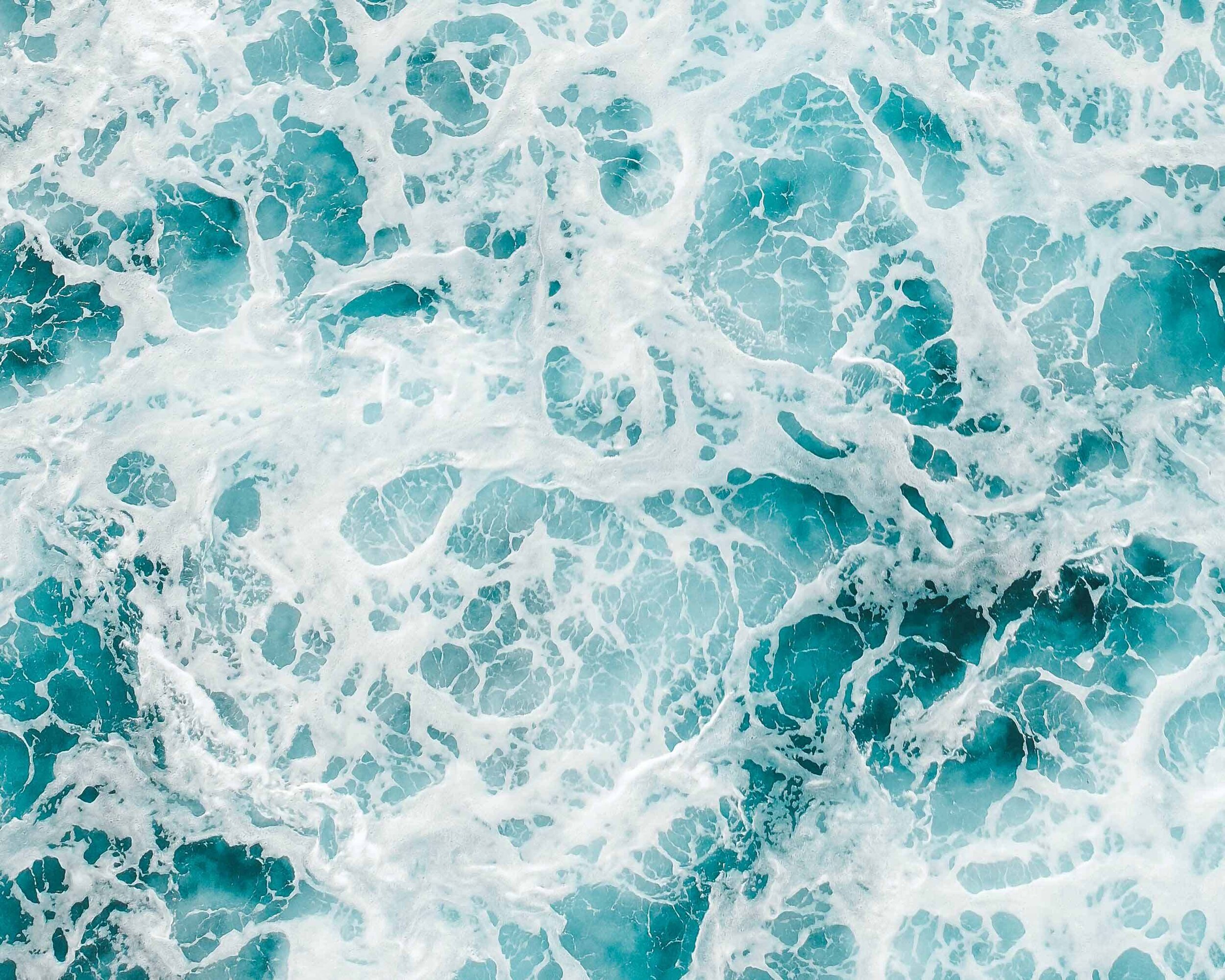Protecting Whales
We share the oceans with whales and other marine life that traverse these waters and are especially vulnerable to collisions with vessels and noise generated by vessels. WSC is working closely with NGOs, governments, and other organizations to find ways to protect cetaceans from shipping.
WSC Whale Chart - a global voyage planning aid to protect whales
The WSC Whale Chart is the first global mapping of all mandatory and voluntary governmental measures to reduce harm to whales from vessels. These measures are designed, in most cases, to either prevent accidental collisions with whales or reduce underwater radiated noise.
The WSC Whale Chart offers mariners, managers, and policymakers a survey of all these measures, across the globe, ranging from speed restrictions, routing measures, and areas to be avoided. We include concise graphics, coordinates and links to official governmental sources, where available.
We hope that by compiling this unique resource, keeping it updated and making it available for free to everyone, we can help safeguard whale populations across the globe.
The WSC Whale Chart, first published in November 2023 and now in its second edition (October 2024) is available for free to download below, and will be regularly updated.
WSC members are container and roll-on-roll off carriers, with vessels that transit waters across the globe. We work on the ocean and very much appreciate the need to protect whales. WSC works closely with NGOs to support research to understand everything we can about whales, in order to find the best ways to protect them.
Among our partners are:
Russell Leaper, marine biologist
To this end we are working with partners to separate shipping traffic from known areas of significant whale activity where possible. One of our focus areas is the waters south of Sri Lanka, where every week hundreds of ships travel between Europe and Asia.
For purposes of navigational safety, many waters subject to heavy maritime traffic have traffic separation lanes, proposed by national governments and implemented through international rules.
Unfortunately, the current traffic separation scheme located south of Sri Lanka overlies a major feeding area for blue whales. This presents a significant risk of vessel strikes as well as other safety risks.
The WSC in partnership with all of the major groups representing international shipping as well as environmental organizations, have asked the Sri Lankan government to create a new traffic separation scheme south of the current location. This would effectively eliminate the risk of vessel strikes in one of the busiest shipping lanes in the world.
We are working with the Great Whale Conservancy, IFAW, and the International Maritime Organization and have reached out to the highest levels of the Sri Lankan government, asking them to support this action.
This initiative is an example of why coordination between the shipping industry, national governments, marine conservation groups, and international regulatory authorities is essential if we want to construct effective solutions that can lower the risks to whales and other cetaceans.
Working together to protect whales
As the world's oceans are subject to higher levels of exploration and use, including increasing ship traffic, concern has grown about these activities increasing ambient noise in the marine environment. Specifically, researchers are concerned about the effect elevated noise levels have on marine mammal communications, breeding, and general behaviour patterns.
We are working at the International Maritime Organization and with national governments to reduce noise generated by maritime traffic.
How are whales affected by underwater noise?


